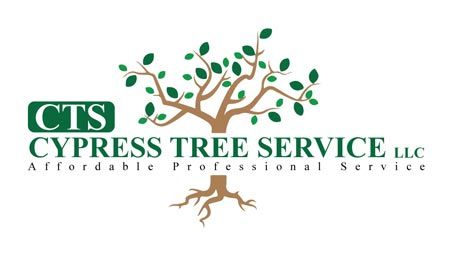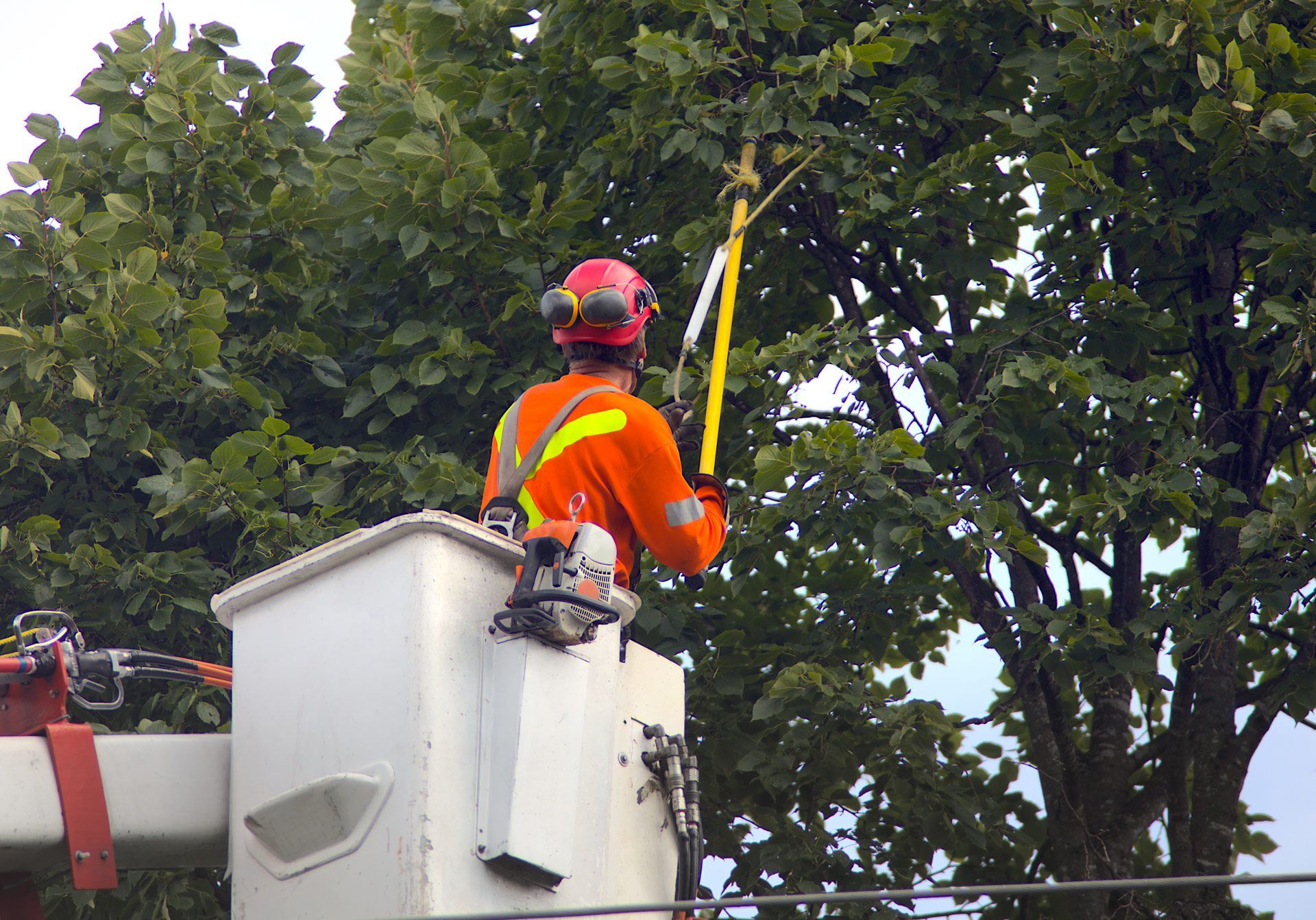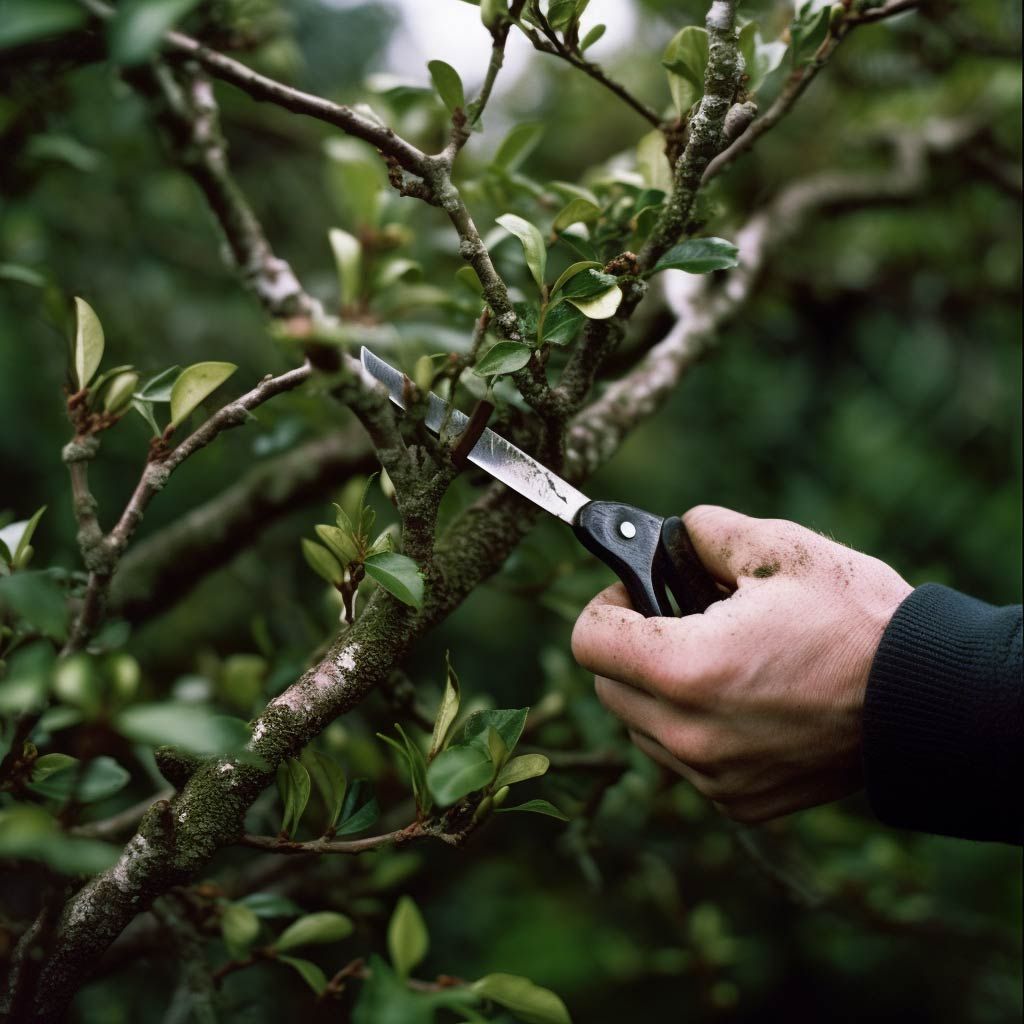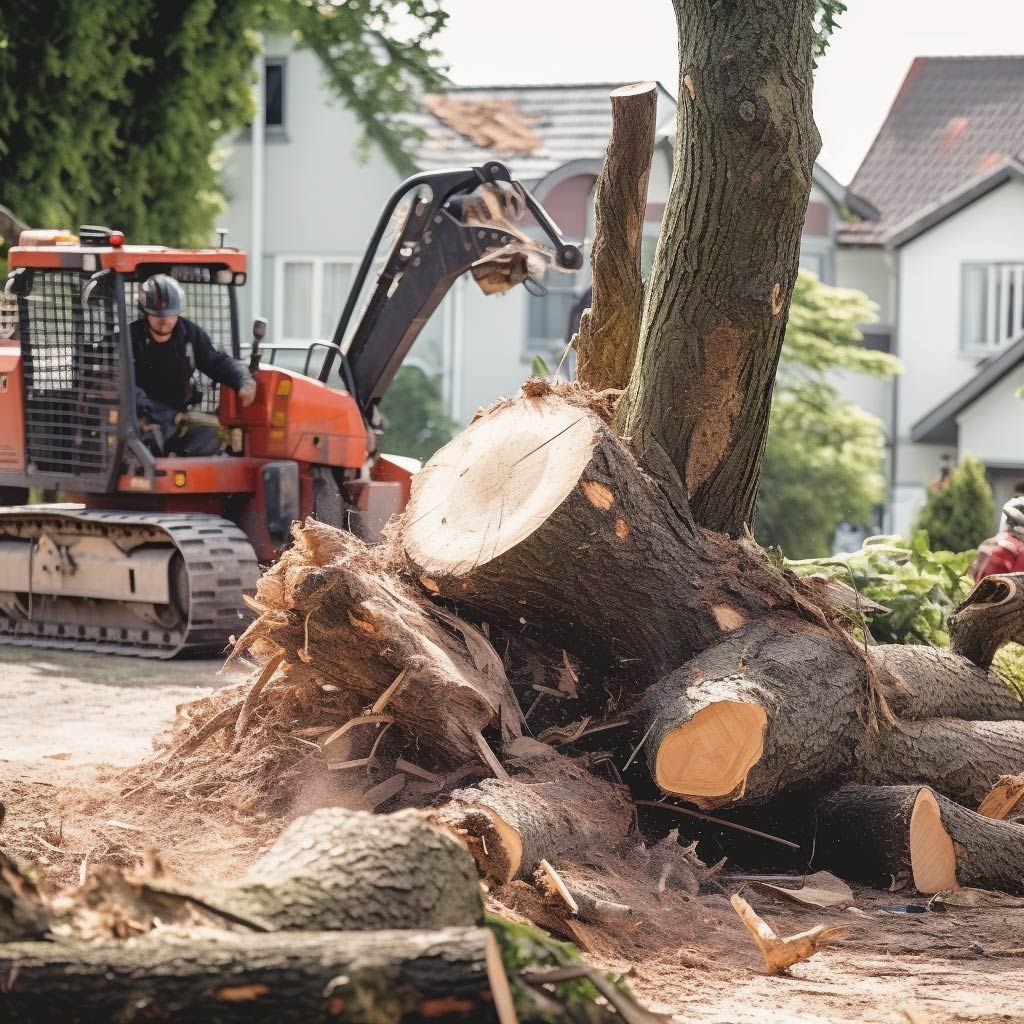Do I Need a Permit to Remove a Tree in New Jersey?
Do I Need a Permit to Remove a Tree in New Jersey?

Do you need a permit to remove a tree in New Jersey? Yes, often you do. New Jersey's regulations aim to balance property improvement with environmental conservation. This guide unpacks when a permit is necessary, streamlining your path through local laws. Whether it's due to safety concerns, disease, or construction, understanding these requirements ensures you're prepared. Read on to navigate New Jersey's tree removal rules efficiently.
New Jersey's Laws on Tree Removal
In New Jersey, obtaining a permit for tree removal is often mandatory, aimed at safeguarding the environment and ensuring public safety. The law addresses the ecological role of trees, including erosion prevention, habitat provision, and urban heat reduction. Permits evaluate the environmental impact and ensure safe removal practices, protecting both people and properties.
Local municipalities enforce these regulations, with additional rules varying by area. This local oversight allows for tailored approaches to tree management, reflecting the unique needs and characteristics of different communities.
Legal and Financial Consequences
Failing to secure a permit for tree removal can lead to hefty fines and legal penalties. These measures deter unauthorized removals, preserving New Jersey's green spaces and public safety. The costs associated with penalties often surpass those for obtaining a permit, highlighting the importance of compliance with state and local laws.
When Is a Permit is Required?
In New Jersey, not all tree removal activities require a permit, but many do, depending on several factors. Recognizing when you need a permit is crucial to staying on the right side of the law and avoiding potential fines. Here are the key considerations:
- Size and Location: Generally, permits are required for the removal of large trees or trees situated in specific areas, such as near water bodies, on public lands, or in designated historic or conservation districts.
- Tree Species: Certain species, especially those that are endangered or considered significant for ecological balance, might be protected, necessitating a permit for removal.
- Condition of the Tree: Removal of diseased or hazardous trees may also require a permit, even though these cases are often given priority in the review process.
Before proceeding with tree removal, it's essential to check with your local municipality. They can provide detailed information about the requirements applicable to your property and the type of tree you wish to remove.
The Process of Obtaining a Tree Removal Permit in New Jersey
Securing a tree removal permit in New Jersey involves a straightforward process, but it requires attention to detail. Here's a step-by-step guide:
- Initial Assessment: Determine whether the tree in question falls under the criteria requiring a permit. This may involve consulting an arborist or your local municipal authority.
- Application Submission: Fill out the necessary application form provided by your local government. This typically requires details about the property, the tree(s) to be removed, and the reason for removal.
- Documentation: Some municipalities may require additional documentation, such as a site plan or an arborist's report, to support your application.
- Fee Payment: Pay any applicable fee for the tree removal permit. Fees can vary depending on the location and the specifics of the project.
- Wait for Approval: After submission, there will be a review period during which your application is evaluated. The duration of this period can vary.
Compliance with local regulations and proper documentation can streamline the approval process, helping you to obtain your permit more efficiently.
Exemptions and Special Considerations
Understanding exemptions is as crucial as knowing when a permit is required. In New Jersey, certain conditions might exempt you from needing a permit for tree removal. These exemptions often include:
- Dead Trees: Trees that are already dead may not require a permit for removal, as they can pose a safety hazard.
- Imminent Danger: Trees posing an immediate risk to structures, people, or utilities might be exempt, allowing for swift action to mitigate potential damage.
- Invasive Species: Removal of invasive tree species, which threaten local ecosystems, is sometimes exempt from permits to encourage their control.
Even with these exemptions, it's wise to consult your local regulations. Some municipalities require notification or a minimal permitting process, even for exempted scenarios, to ensure public safety and record-keeping.
Frequently Asked Questions
-
How long does it take to get a tree removal permit in New Jersey?
The time frame varies by municipality but generally ranges from a few days to several weeks. Expedited processes may be available for emergency situations.
-
Can I remove a tree on my property without consulting anyone if it's small?
While smaller trees might not always require a permit, it's best to check local ordinances as rules can vary significantly by location.
-
What happens if I remove a tree without a permit?
Unpermitted tree removal can result in fines, legal action, and the requirement to plant replacement trees at your expense.
-
Are there any assistance programs for tree removal in New Jersey?
Some municipalities offer assistance or grant programs for tree removal, especially for invasive species control or low-income households. Check with your local government for available programs.
Conclusion
Navigating New Jersey's tree removal laws ensures that you contribute to the preservation of the local environment while complying with legal requirements. Whether it's understanding when a permit is needed, recognizing exemptions, or navigating the application process, being informed is your best tool. Always consult with your local municipality or an arborist to make sure you're making the right decisions for your property and community.
Take Action Today and Experience the Difference with Cypress Tree Service!
From tree removal and pruning to storm damage cleanup and snow plowing, we've got you covered. Don't wait; experience the exceptional quality, reliability, and professionalism that make us the preferred tree service provider in Sparta, NJ. Contact us today to schedule a service or to learn more about what we can offer you and to get free estimates. Let Cypress Tree Service make a remarkable difference to your landscape at a reasonable price today!
Contact Us
We will get back to you as soon as possible.
Please try again later.
Contact Information
Address:
66 Lee Hill Rd, Byram Twp, NJ 07821, United States of America










